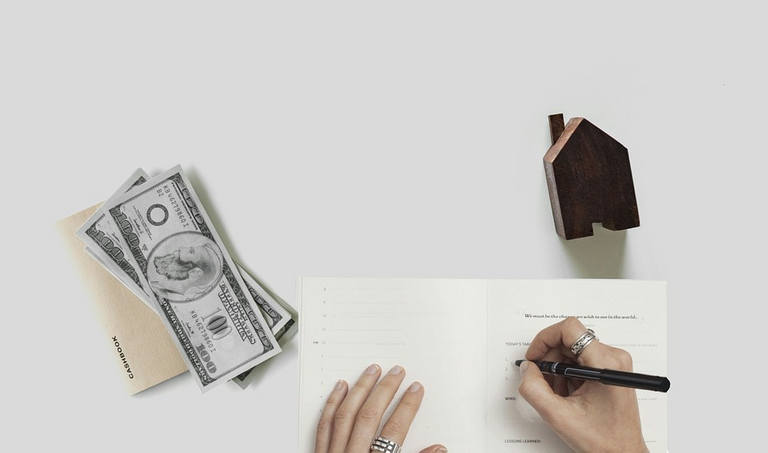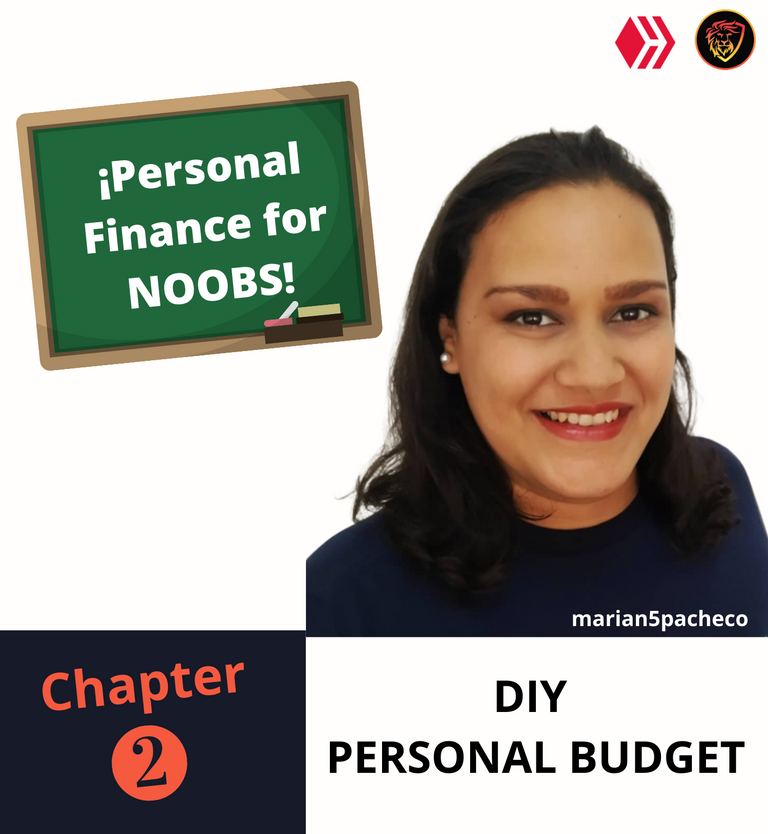
ENGLISH
What's up Hivers?
Here we are, as promised: Chapter 2 of personal finance, The personal budget.
As we did in the previous post (Which you can see here I'd like to start by asking you some reflection questions to give you an idea of where you stand in your finances:
- Do you know what your monthly income is?
- What are your monthly expenses?
- Do you have debts?
- Have you borrowed money?
- Do you have savings? Have you invested?
These are simple questions that often have no answer either because we do not know, we do not have a good control and also sometimes we do not want to know. Does it happen to you?
The idea of personal finances and more specifically the personal budget, is that you sit down to draw and capture your financial situation and integrate it into your habits and your daily life as a tool to have a better quality of life. How to do it? Well, easy, money should be seen as your ally, as something positive, a tool to meet your goals and objectives, representing abundance instead of scarcity, then?
Why not prepare ourselves and be in tune with it?
What do I need to make my personal budget?
- Will and willingness
- To be brave in the face of reality
- To be clear about the parts of the budget and the function of each one.
- To enjoy the sweetness of planning and prevention.

Getting down to business...
What is a personal budget?
Let's start with the word "budget":

The concept says it clearly, plan how much money you have available and how you are going to spend it, and if I add the word personal, well simple, plan how much money I have and how I am going to spend it taking into account the period of time in which I will do it.
2.- What are the parts of a personal budget?
There are many ways and styles to make personal budgets, in my case I decided to design a simple and understandable form for everyone
Period of time in which the budget will be estimated, it can be a month, 3 months, a year or more.

| Estimated time | Revenues | Fixed expenses | Debts | Incidental Expenses |
|---|---|---|---|---|
| Time period in which the budget will be estimated, it can be a month, 3 months, a year or more. | It is the amount of money that we plan to generate in a month, for example: My fixed salary. | It is the monthly expenses that I am very sure I am going to have, for example: Food. | What are the debts that I have to pay within the month. Exem. Loan payments. | These are those expenses that we make very small and repetitive that are not really necessary and we do not take them into account. |
For the purposes of this post and to make it more pedagogical we will use a month as a measure.
By doing, I learn.
First let's take a look at the components of your personal budget, so take a piece of paper, a pencil and a calculator... let's get started:
(A) PUT AMOUNTS TO THE ELEMENTS OF YOUR BUDGET.
In no particular order, write down the following:
- All the income you plan to have for the month.
- All your expenses: Food, transportation, miscellaneous, medicines, among others.
- Your debts: What you pay monthly in bank loans, third party loans, minimum credit card payments.
- Your incidental expenses, think about them well and put an amount on them.
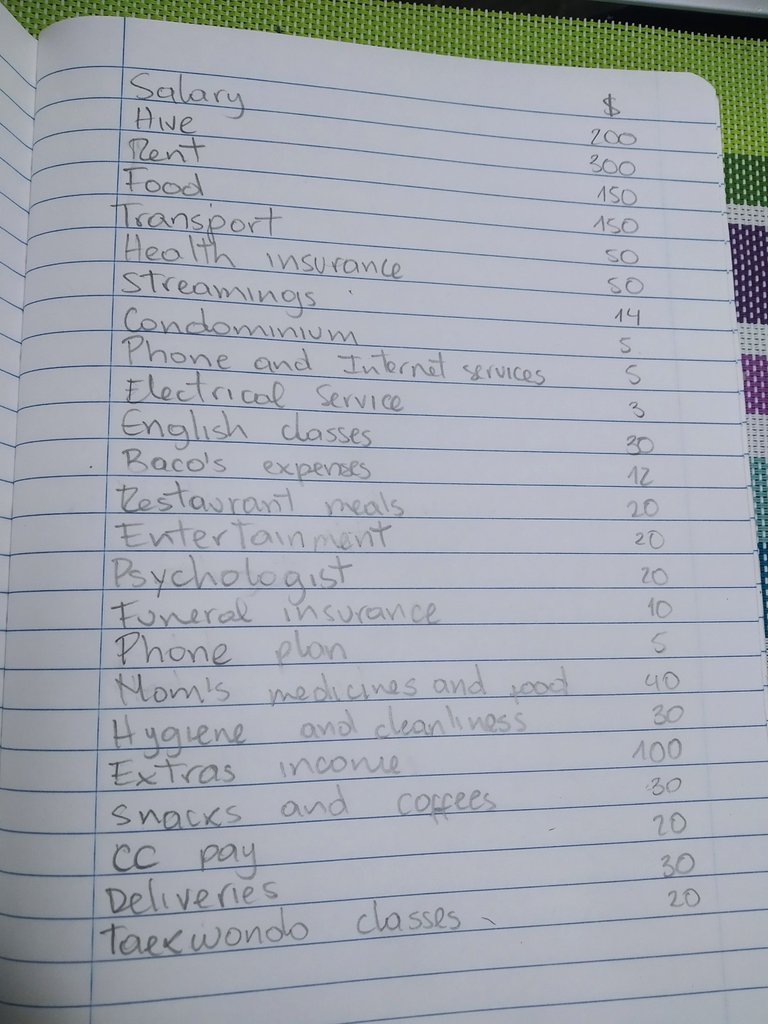
B) CLASSIFY
Pass a vertical line and create a column where you will put the classification of each item:
- Place next to it "I" for income, "FE" for fixed expenses, "IE" for the Incidental expenses and "D" for the month's debts.
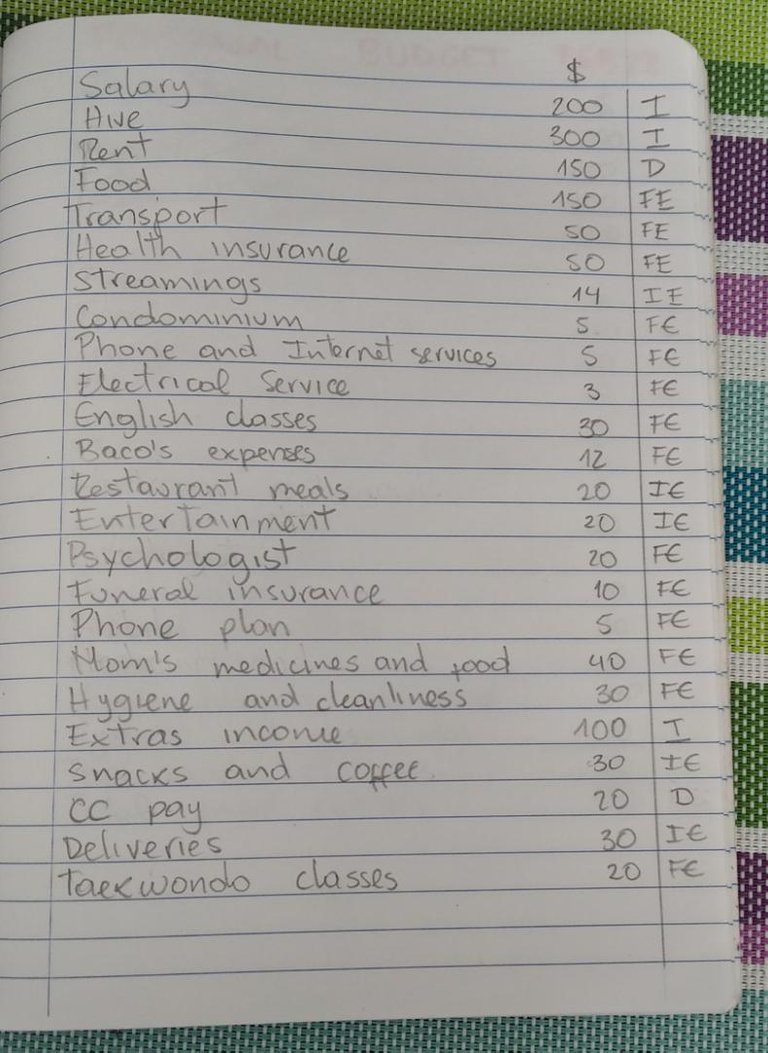
C) SUM
- On another sheet of paper, write the title: "Personal Budget" and the month of the budget.
- According to the classification you made, add up each concept and the totals write them down where they correspond according to their classification.
- Add the totals.
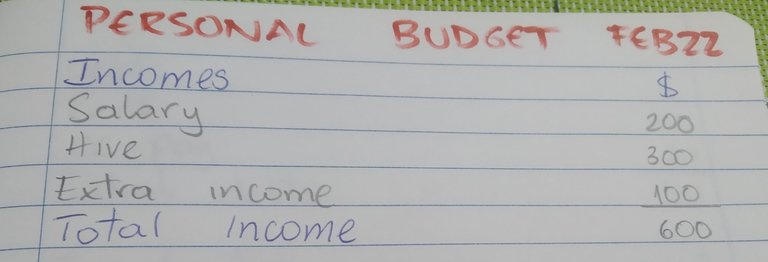


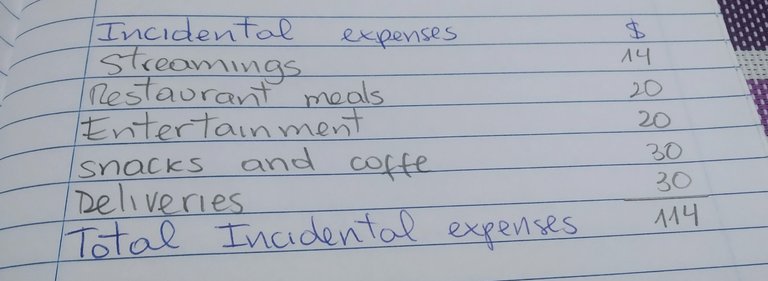
Good! Congrats! You have your personal budget!
But, we don't finish with this! We have to analyze our budget, asking ourselves if we are good whit it and if we have to make changes for feel better with our proyections and think if this budget take us close to our goals.
This take us to next step.
3)DOING MY PERSONAL BALANCE SHEET
It's easy, just apply the next formula:
PERSONAL BALANCE SHEET =
➕ Income
➖ Fixed Expenses
➖ Debts
➖ Incidental expence
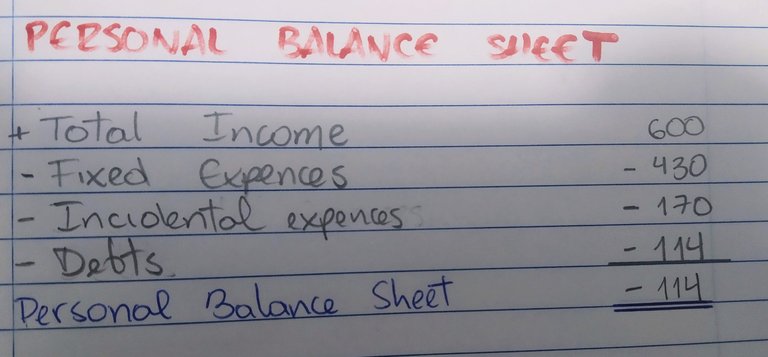
Now, it's time to analize:
Is the result of my personal balance sheet good or bad?
You should know that there are no good or bad answers, always everything will depend on your goals and dreams and the strategies you can set to achieve them. A negative balance sheet does not necessarily mean that you are broke, just as a positive balance sheet does not imply that your future is secure.
How do I use my personal personal balance sheet?
How I said, it's always depends of our goals, if we want to invest, saving or adjust our budget this result is very important.
So, I'll give you something to think about
1. If I have a negative result:
Firstly we have to ask ourselves some questions:
- Did I spent a lot in ants expenses?
- Did I earn enough?
- Isn't my budget adapted to my reality?
- Did I spent more than that I earn?
- Need I earn more money? How?
The answers of these questions will allow us make changes in our live, apply differents strategies in our daily life for could arrived to healthy Budget that to transmit peace and quite.
2. If I have a positive or zero result:
As the previus point, wa haver to aks ourselves some questions:
- What do I want with the money left over?
- Can I adjust my budget for to have more money?
- Do I want to invest? In What? How?
- Do I Have emergency fund? Why don't have with these money?
- Am I confortable with this result? Need I more for my goals?
- Can I saving this? For what?
In base to the answers we could build an financial strategy that it let us use our money in a productive and inteligent way.
We always have to believe that we can do it, and this allow us be more creative and use all our inteligence as much as we can for create more sourses of income and have equilibrate expenses.
This method is the result from my own experience and I wanted to share it with you, you can do better, add more variables or concepts or use a computer program or an app, but I wanted to show the most simply way for to do and once that all of you can do. I have teach this to another people and the results had been really good! I Hope the same for you!
Well my financial Hivers, it's all for today, I hope yo can enjoy doing your personal Budgets!
I'm here if you have a doubt or anything else!
If you want that I write about an especific financial topic let me know in the comments.
See Ya!
Photos: My Xiaomi Redmi 7
Edition: Canva
Translator DeepL
ESPAÑOL
¿Qué tal Hivers?
Aquí estamos, lo prometido es deuda: Capitulo 2 de finanzas personales: El presupuesto personal DIY
Como hicimos en el anterior post (Que puedes ver aquí) quisiera comenzar por hacerte unas preguntas de reflexión que te den una idea de donde estás parado en tus finanzas:
• ¿Sabes cuáles son tus ingresos al mes?
• ¿Qué gastos tienes en el mes?
• ¿Tienes deudas?
• ¿Hemos prestado dinero?
Son preguntas sencillas que muchas veces no tienen respuesta bien sea porque no sabemos, no tenemos un buen control y también a veces no queremos saber. ¿Te pasa?
La idea de las finanzas personales y más específicamente el presupuesto personal es que te sientes a dibujar y plasmar tu situación financiera e integrarla a tus hábitos y tu vida diaria como una herramienta para poder tener mejor calidad de vida ¿Cómo se hace? Pues fácil, el dinero debe ser visto como tu aliado, como algo positivo, una herramienta para cumplir tus metas y objetivos, representando abundancia en lugar de escases, entonces ¿Por qué no prepararnos y estar en sintonía con él?
¿Qué necesito para realizar mi presupuesto personal?
- Voluntad y disposición
- Ser valiente ante la realidad
- Tener claras las partes del presupuesto y función de cada una.
- Disfrutar de las mieles de la planificación y la prevención.
Entrando en materia…
1.- ¿Qué es un presupuesto personal?
Empecemos con la palabra “presupuesto”:
El concepto lo dice claramente, es suponer o planificar cuánto dinero se tiene disponible y como se va a gastar, y si le agrego la palabra personal, pues sencillo, planificar cuánto dinero tengo y cómo lo voy a gastar tomando en cuenta el periodo de tiempo en que lo haré.
¿Cuáles son las partes de un presupuesto personal?
Hay muchas formas y estilos de hacer presupuestos personales, en mi caso decidí diseñar una forma sencilla y entendible para todos
Nota: Para efectos de este post y para hacerlo más pedagógico usaremos como unidad de tiempo un mes.
Partes del presupuesto:

| Tiempo estimado | Ingresos | Gastos fijos | Deudas | Gastos hormiga |
|---|---|---|---|---|
| Período de tiempo en el cuál se estimará el presupuesto, puede ser un mes, 3 meses, un año o más. | Es la cantidad de dinero que tenemos previsto generar en un mes, por ejemplo: Mi sueldo fijo. | Son los gastos mensuales que estoy muy seguro que voy a tener, por ejemplo: Alimentos. | Cuáles son las deudas que tengo que pagar dentro del mes. Ejem. Cuotas de préstamos. | Son aquellos gastos que realizamos muy pequeños y reiterativos que no son realmente necesarios y no los tomamos en cuenta. |
Haciendo, aprendo.
Primero echemos un vistazo a los componentes de tu presupuesto personal, para eso toma hoja, lápiz y una calculadora... empecemos:
A) PONLE MONTOS A LOS ELEMENTOS DE TU PRESUPUESTO
En tu hoja y sin ningún orden, anota lo siguiente:
- Todos los ingresos que tengas previsto tener en el mes.
- Todos tus gastos: Comida, transporte, misceláneos, medicinas, entre otros.
- Tus deudas: Lo que pagues mensualmente de préstamos bancarios, a terceros, pagos mínimos de Tarjeta de crédito.
- Tus gastos hormiga, piénsalos bien, el café de las tardes, la galletica, no te olvides de ninguno y ponles un monto.
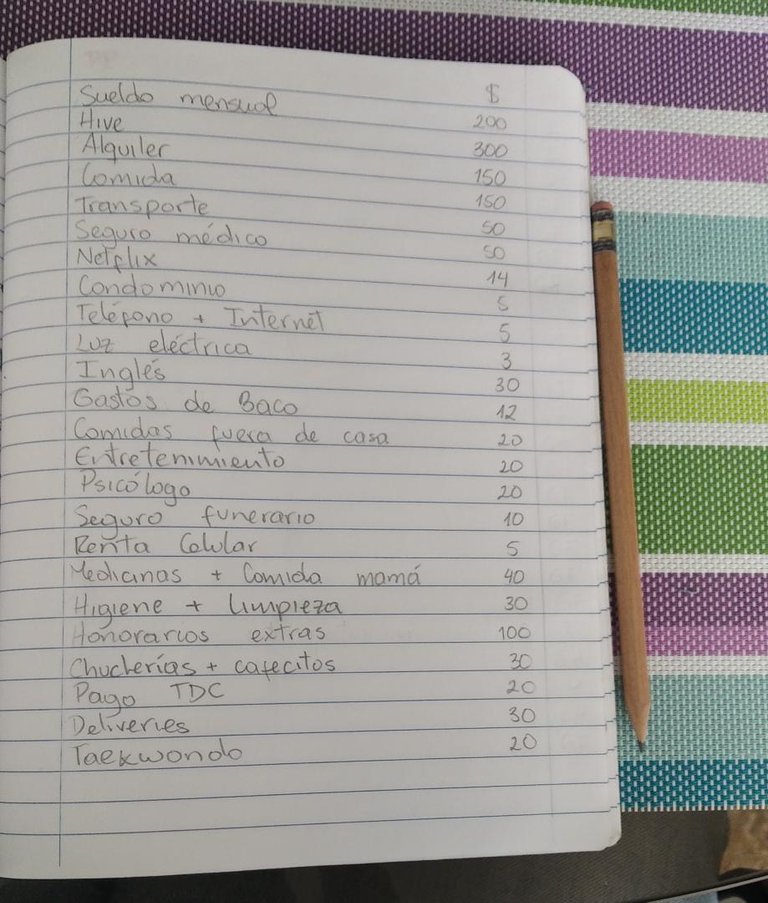
B) CLASIFICA
Pasa una linea vertical y crea una columna donde pondrás la clasificación de cada ítem:
- Coloca al lado “I” para los ingresos, “GF” para los gastos fijos, “GH” para los gastos hormiga y “D” para las deudas del mes.
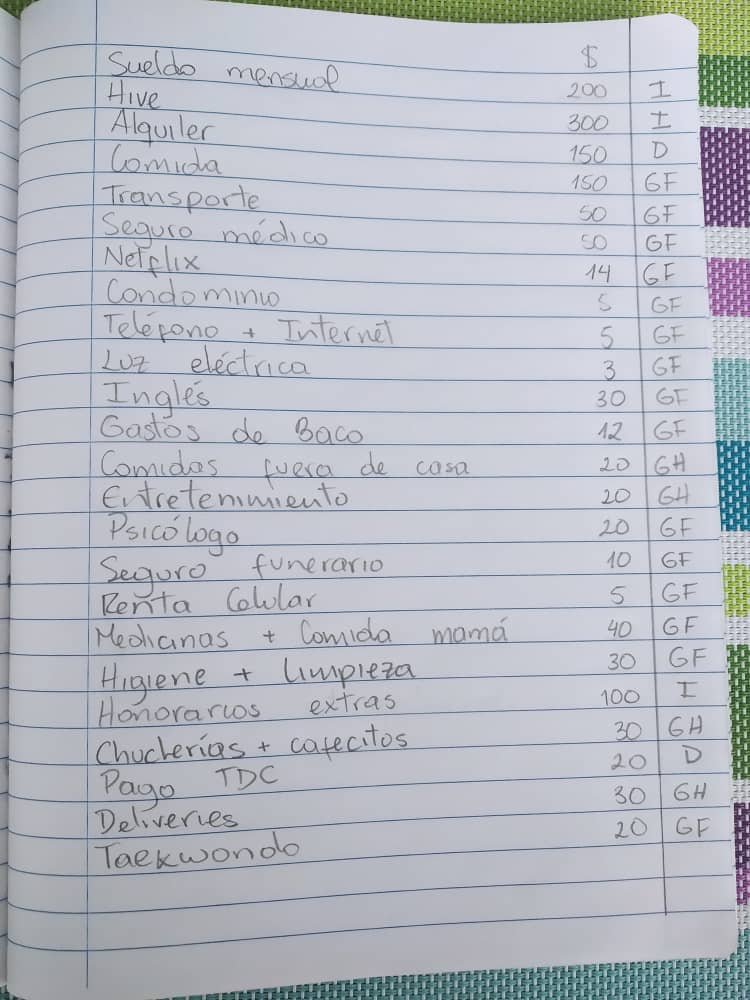
C) SUMA
- En otra hoja coloca el título: “Presupuesto Personal”
- Según la clasificación que hiciste, ve sumando cada concepto y los totales anótalos donde corresponda según su clasificación.
- Suma los totales.
- Copia en el resumen los totales
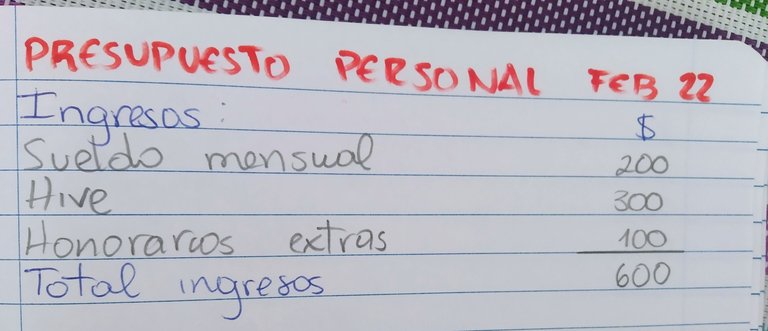
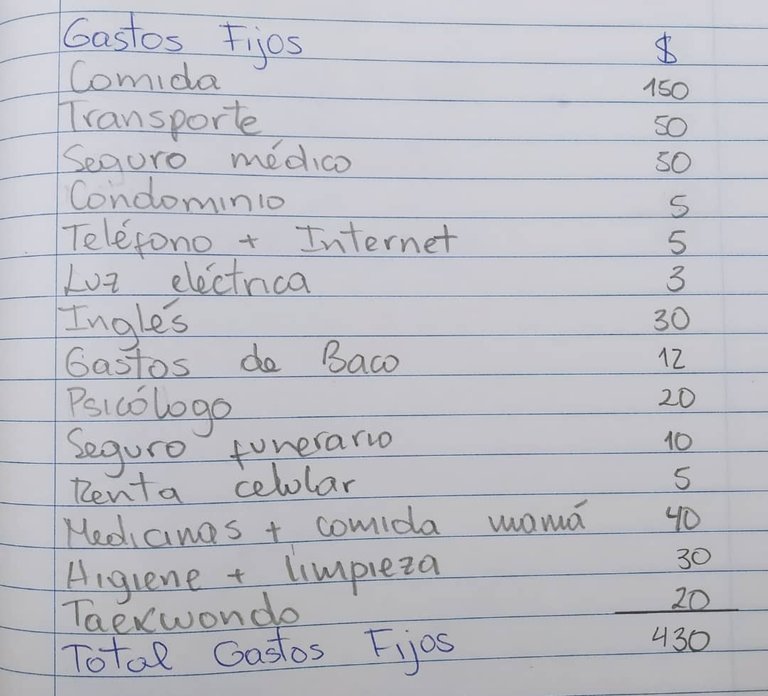

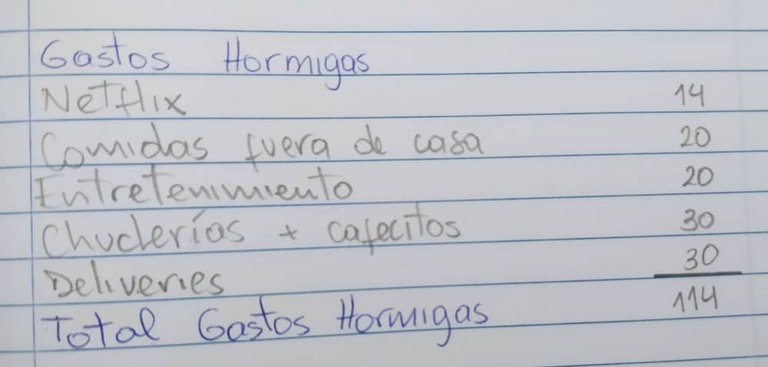
C) HACIENDO MI BALANCE PERSONAL
Es fácil, es solo aplicar la siguiente formula:
BALANCE PERSONAL =
➕ Ingresos totales
➖ Gastos fijos
➖ Deudas
➖ Gastos Hormiga
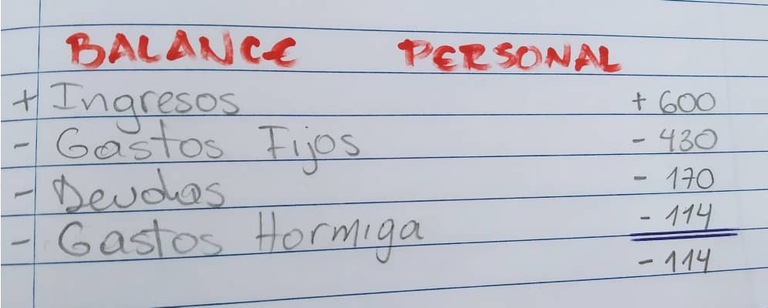
¿El resultado de mi balance personal es bueno o malo?
Debes saber que no hay respuestas buenas o malas, siempre todo dependerá de tus objetivos y sueños y de las estrategias que puedas establecer para alcanzarlos. Un balance negativo no significa necesariamente que estés quebrado, al igual que un balance positivo no implica que tu futuro esté asegurado.
¿Cómo puedo interpretar el resultado mi balance personal?
Como decía, siempre depende de nuestros objetivos, si queremos invertir, ahorrar o ajustar nuestro presupuesto, este resultado es muy importante.
- Tengo un resultado negativo:
En primer lugar tenemos que hacernos algunas preguntas:
- ¿He gastado mucho en gastos de hormigas?
- ¿He ganado lo suficiente?
- ¿No se adapta mi presupuesto a mi realidad?
- ¿Gasté más de lo que gané?
- ¿Necesito ganar más dinero? ¿Cómo?
Las respuestas a estas preguntas nos permitirán hacer cambios en nuestra vida, aplicar diferentes estrategias en nuestro día a día para poder llegar a un presupuesto saludable que nos transmita paz y tranquilidad.
- Tengo un resultado positivo:
Como el punto anterior, tenemos que hacernos algunas preguntas:
- ¿Para qué quiero el dinero que me sobra?
- ¿Puedo ajustar mi presupuesto para tener más dinero?
- ¿Quiero invertir? ¿En qué? ¿Cómo?
- ¿Tengo un fondo de emergencia? ¿Por qué no tengo con este dinero?
- ¿Estoy cómodo con este resultado? ¿Necesito más para mis objetivos?
- ¿Puedo ahorrar esto? ¿Para qué?
En base a las respuestas podremos armar una estrategia financiera que nos permita utilizar nuestro dinero de forma inteligente y productiva.
Siempre tenemos que creer en nosotros mismos y que podemos hacer lo que nos propongamos, este tipo de estrategias y herramientas nos permite ser más creativos y da la posibilidad de usar toda nuestra inteligencia para crear más fuentes de ingresos y tener gastos equilibrados.
El método que les explico en este post es el resultado de mi propia experiencia y quise compartirlo con ustedes, se puede hacer mejor, agregar más variables o conceptos o usar un programa de computación o una aplicación, pero quise mostrar la manera más simple de hacerlo y que todos ustedes puedan hacer. He enseñado esto a otras personas y los resultados han sido realmente buenos. ¡Espero que lo mismo para ustedes!
¡Bueno, mis Hivers financieros, es todo por hoy, espero que puedan disfrutar de hacer sus presupuestos personales!
Estoy aquí por si tienen alguna duda, comentario o lo que sea.
Si quieren que desarrolle algún tema en específico acerca de finanzas por favor, deja tu sugerencia en los comentarios
¡Nos vemos!
Photos: My Xiaomi Redmi 7
Edition: Canva

Posted Using LeoFinance Beta
